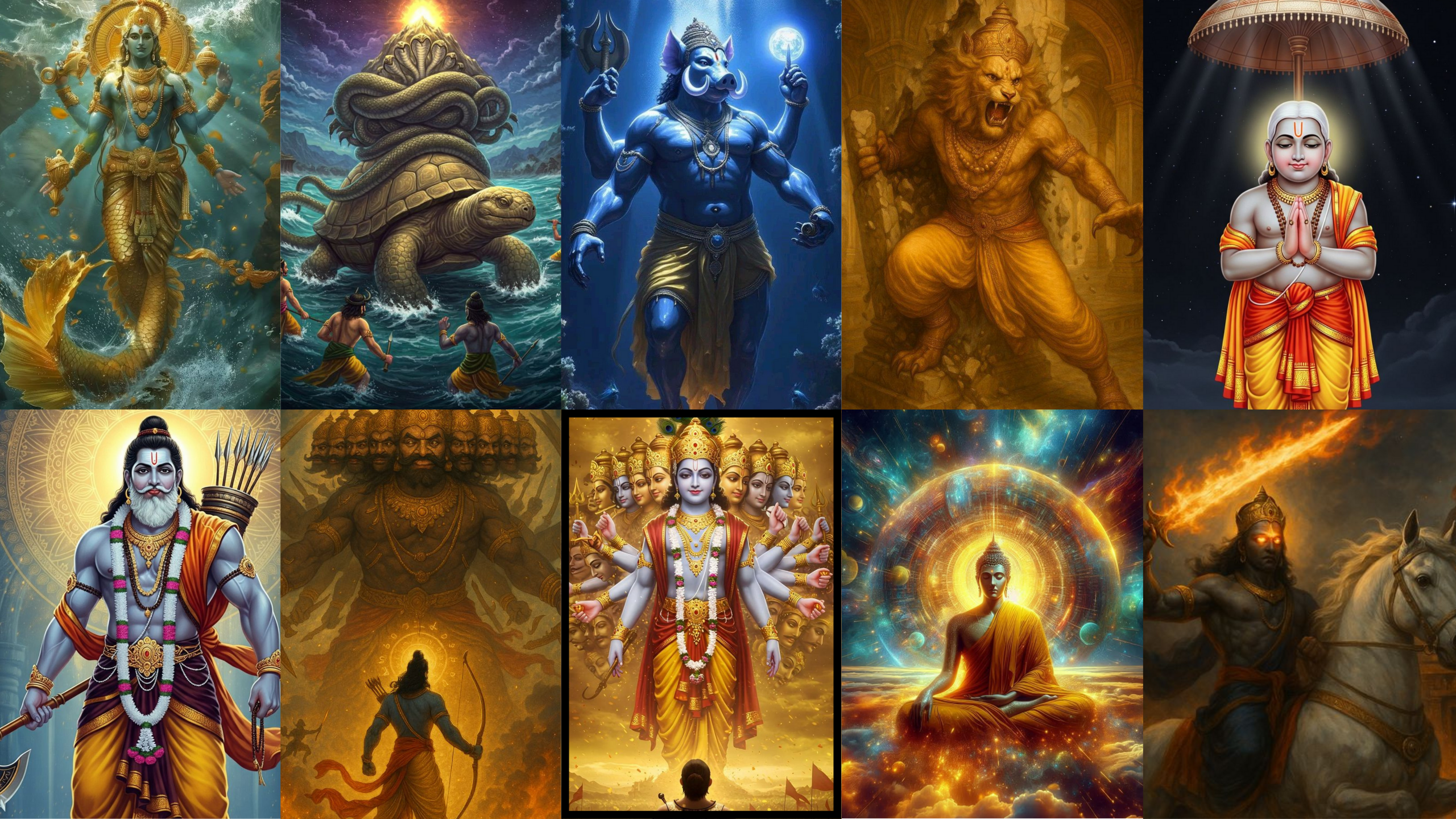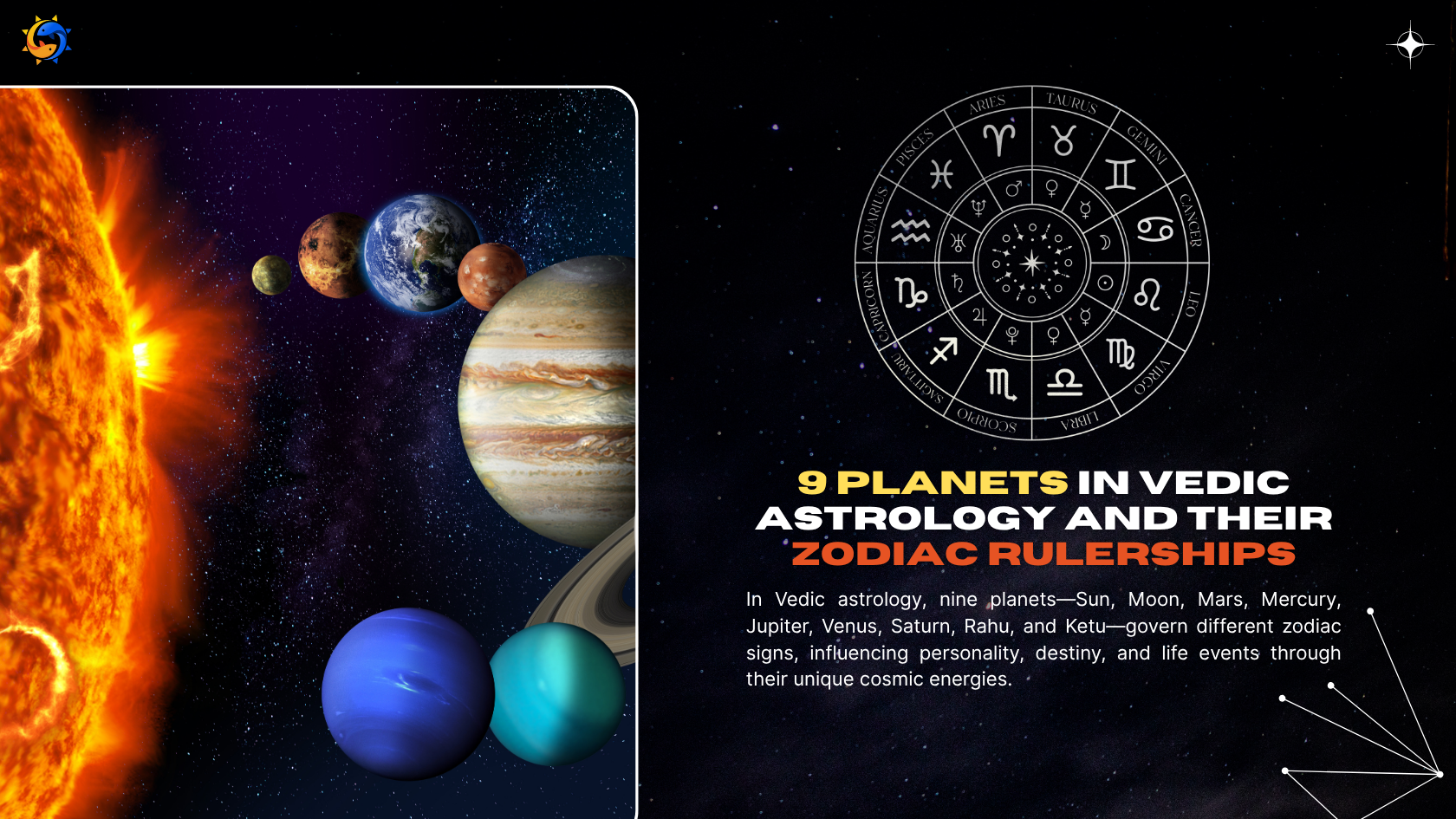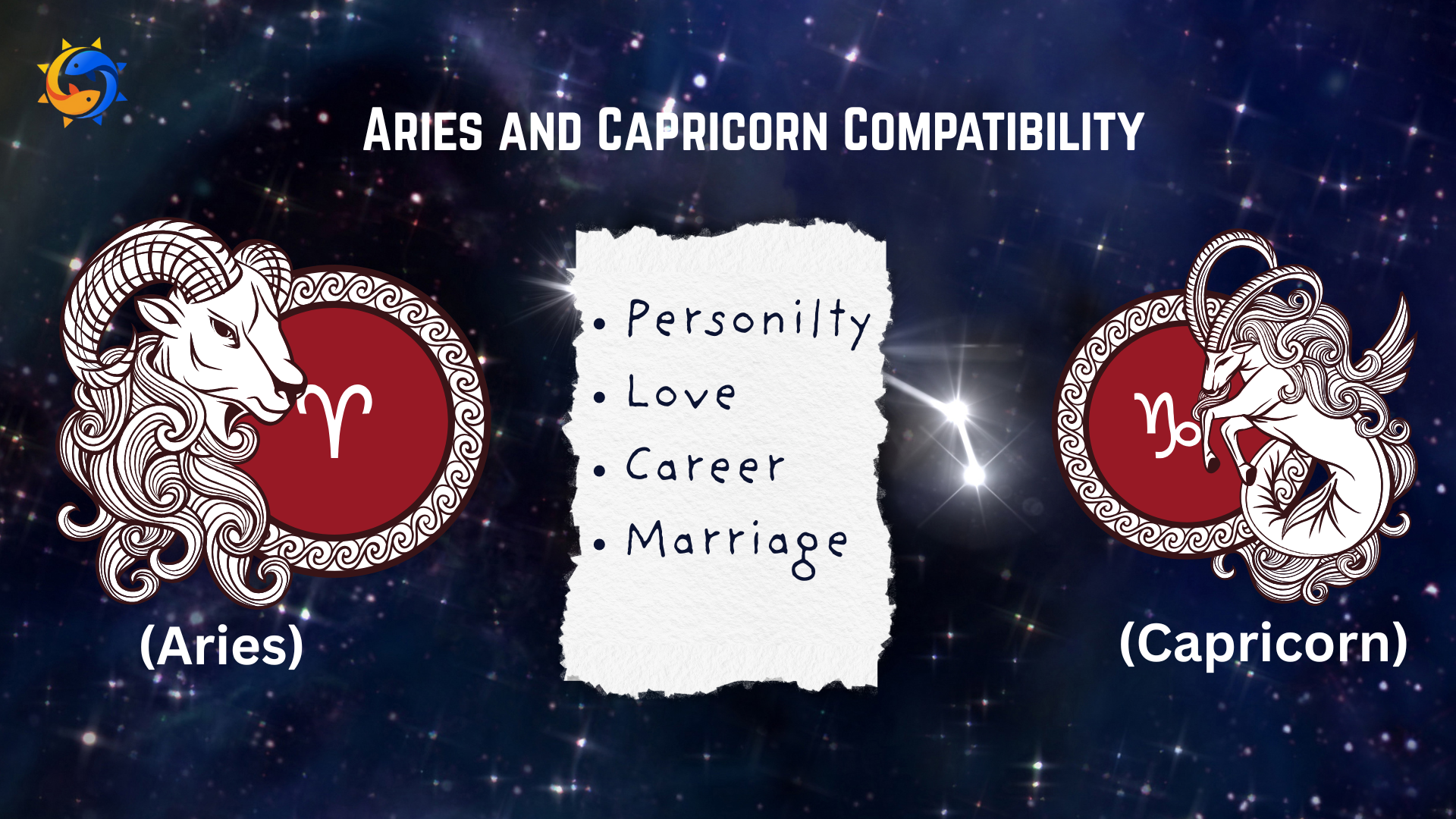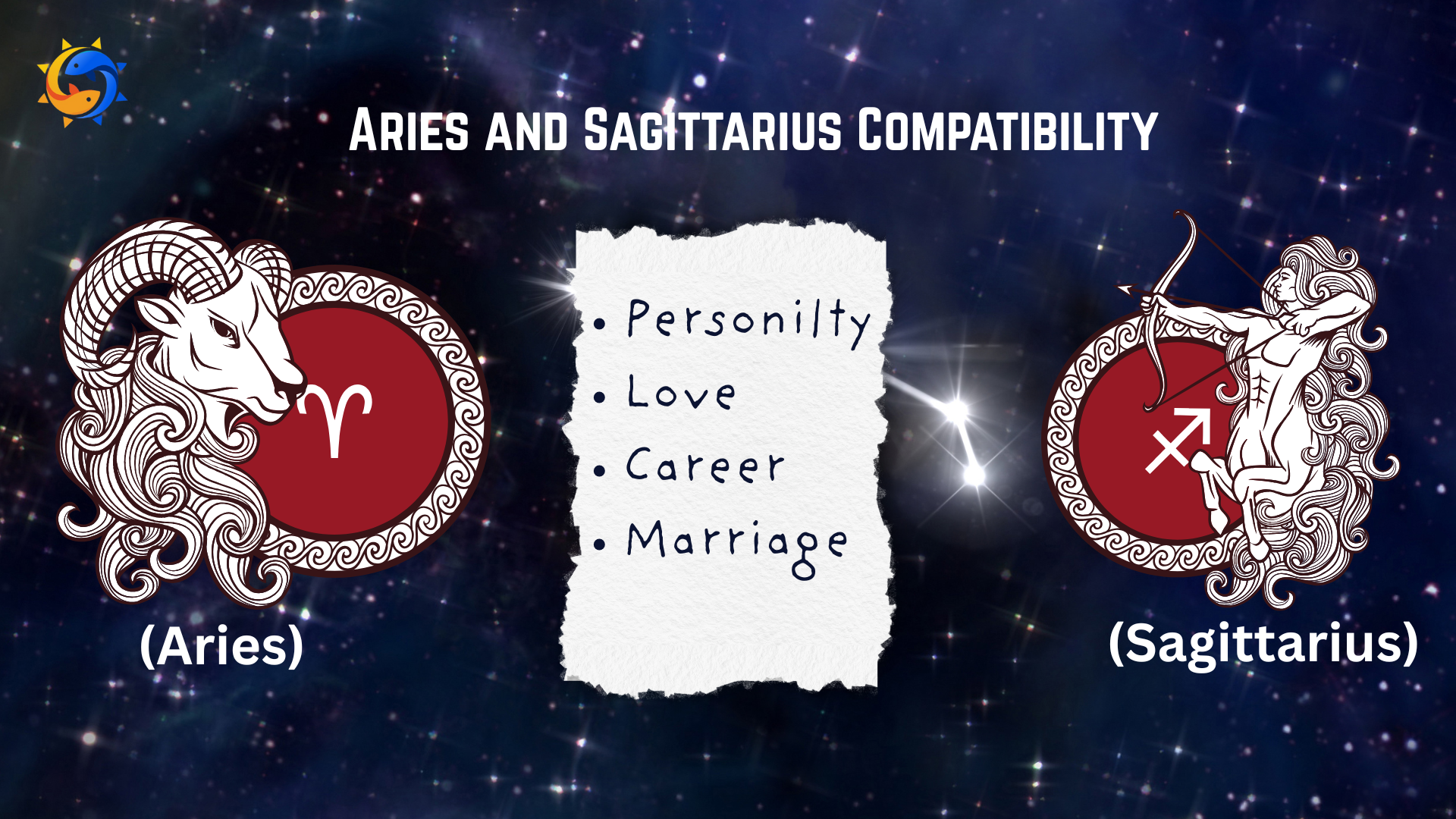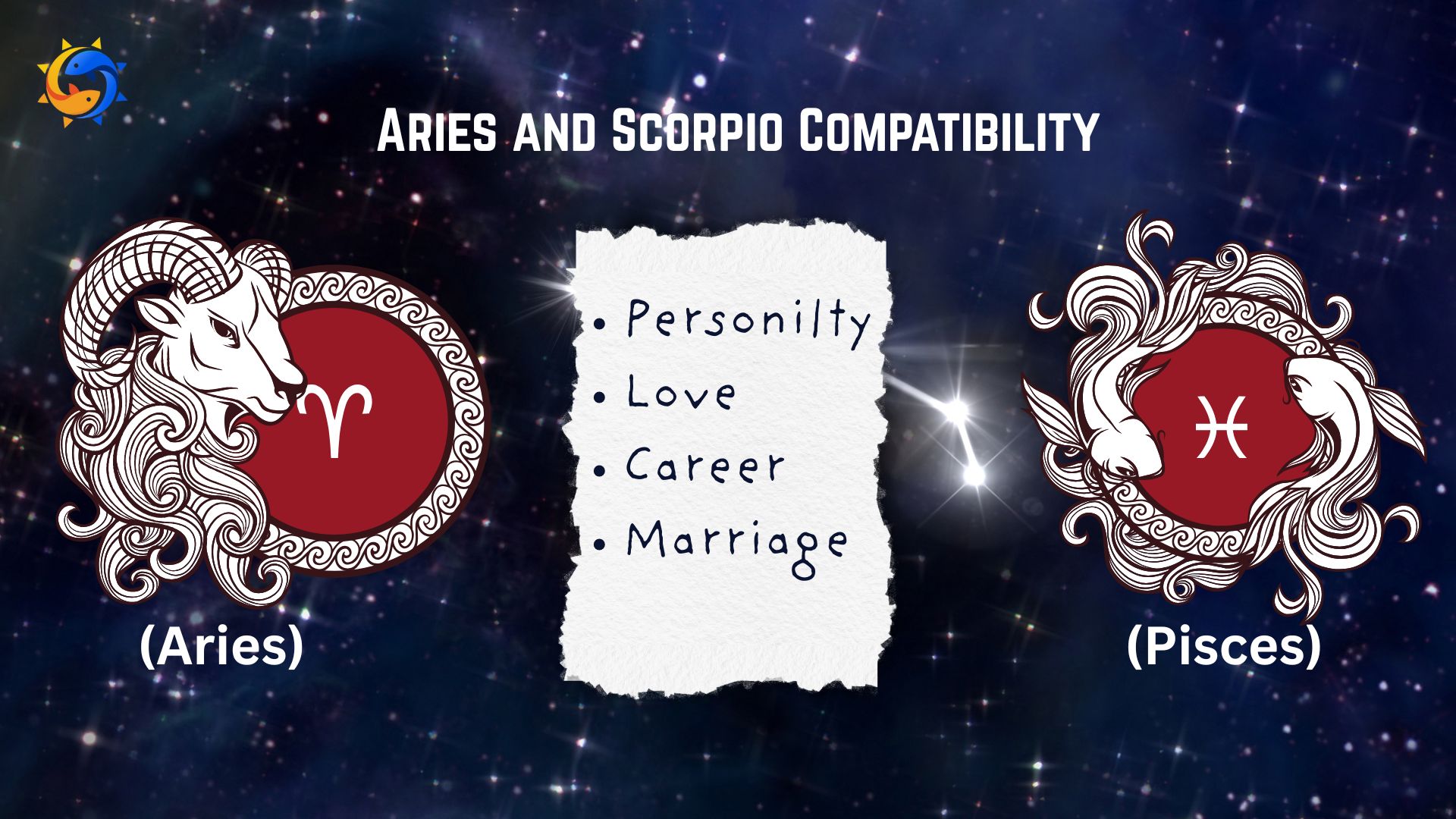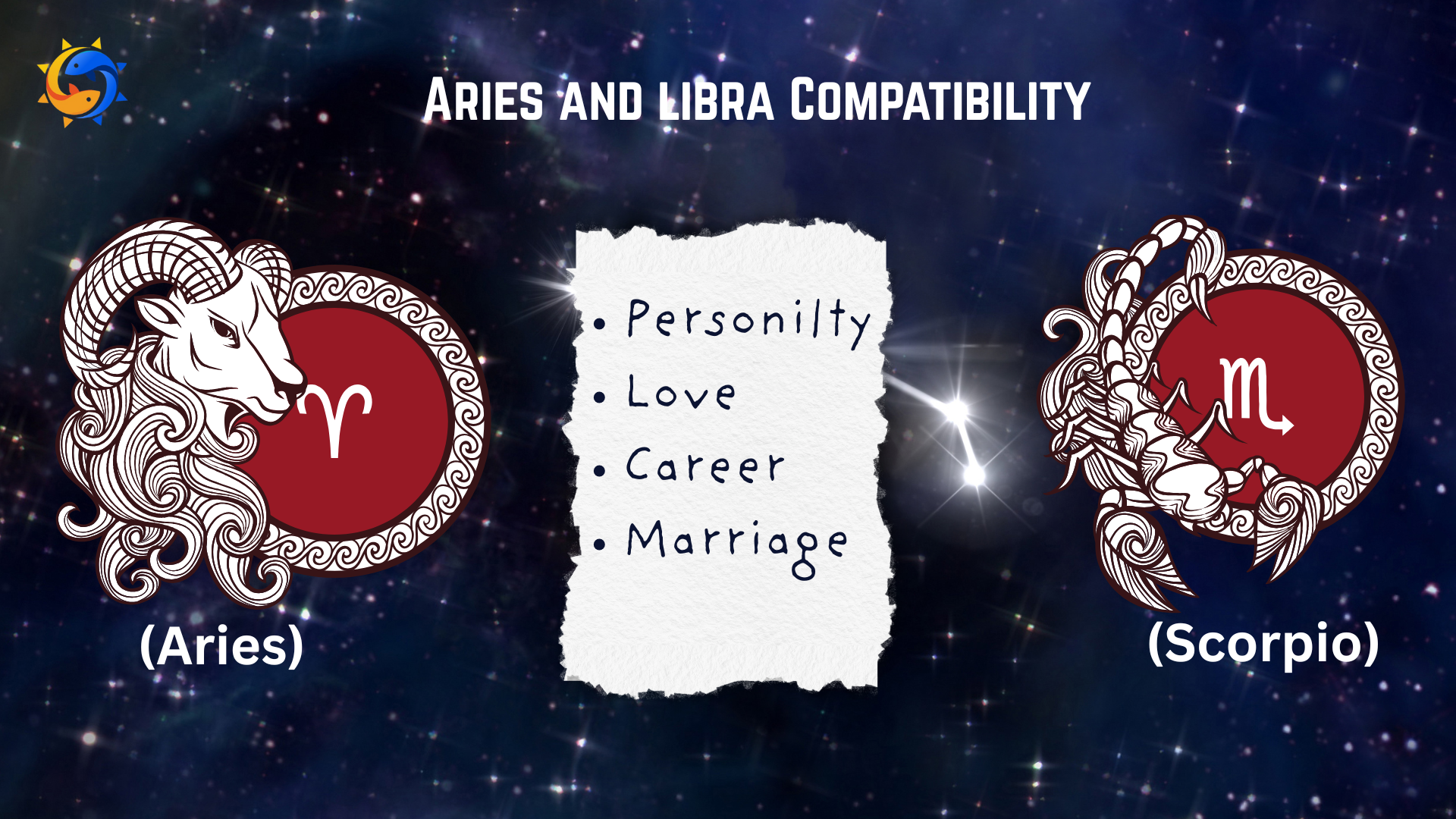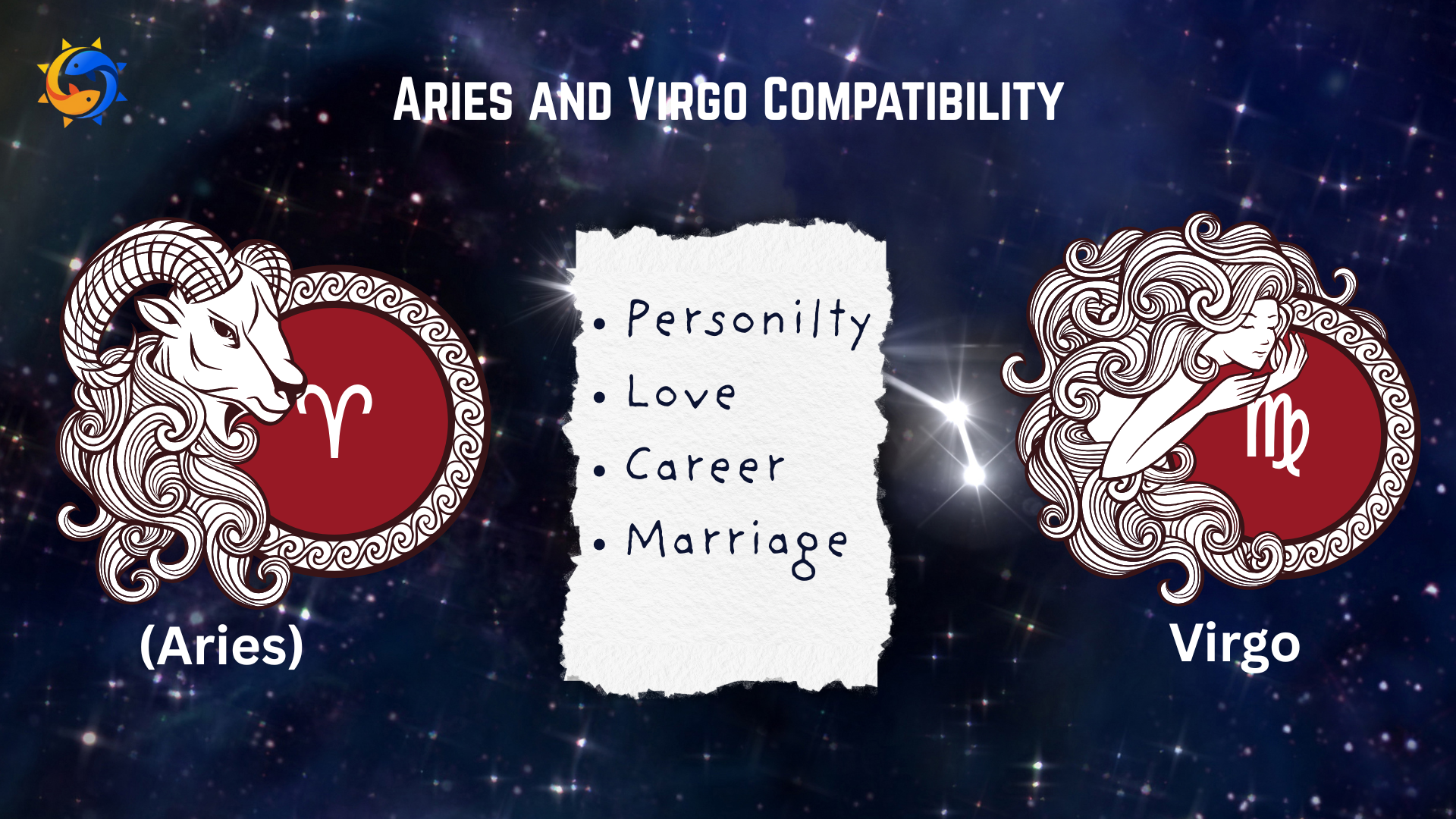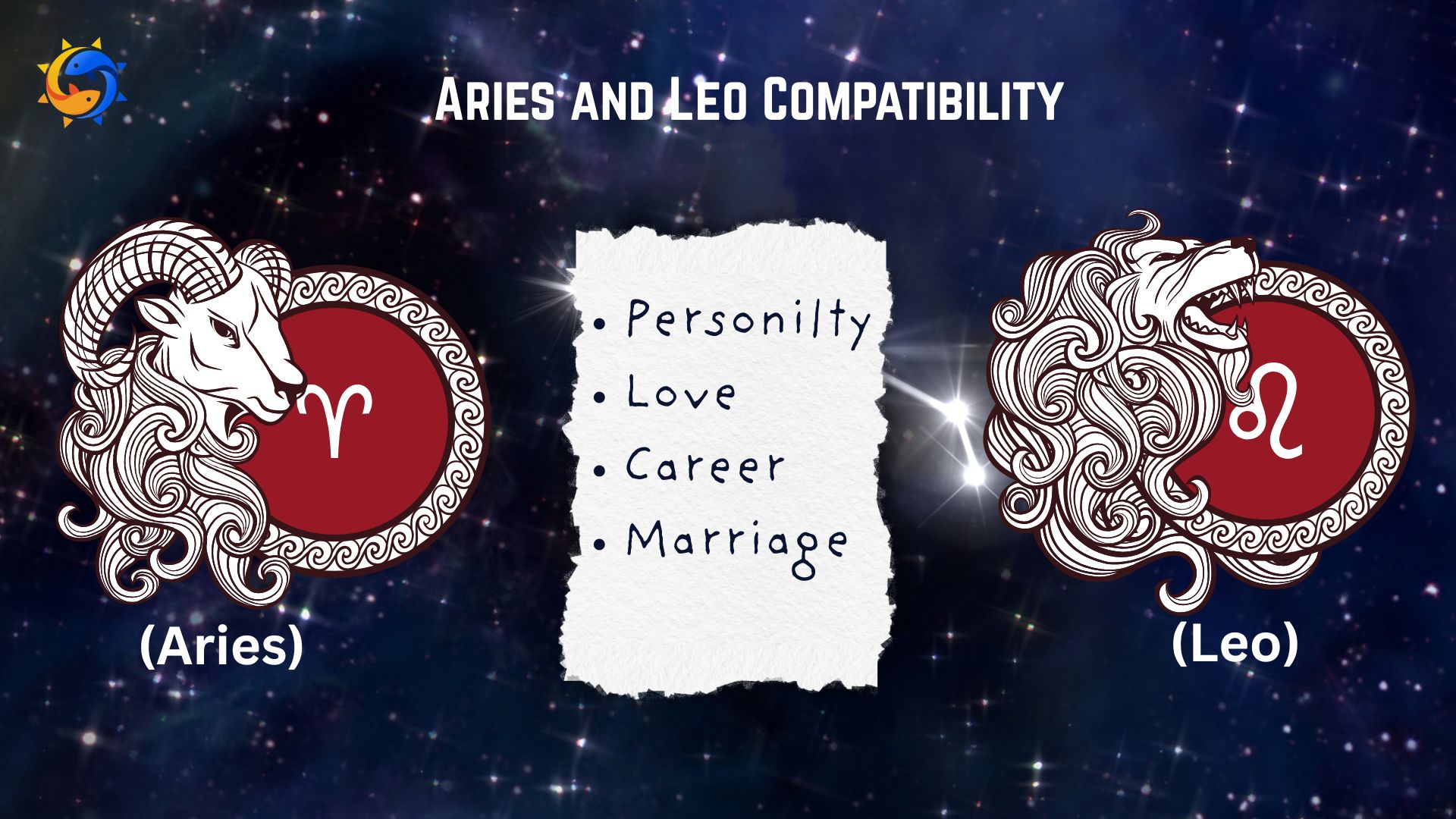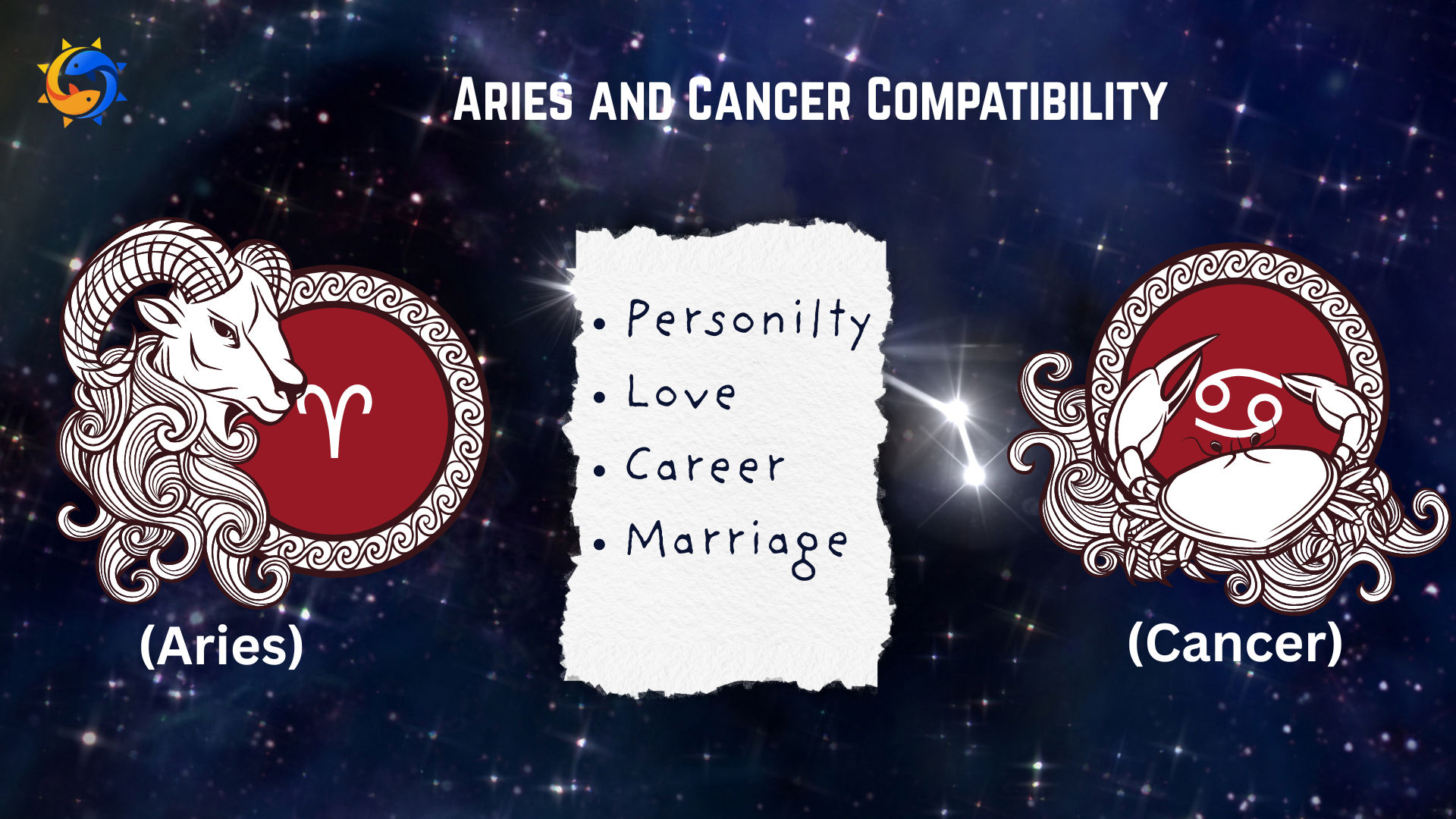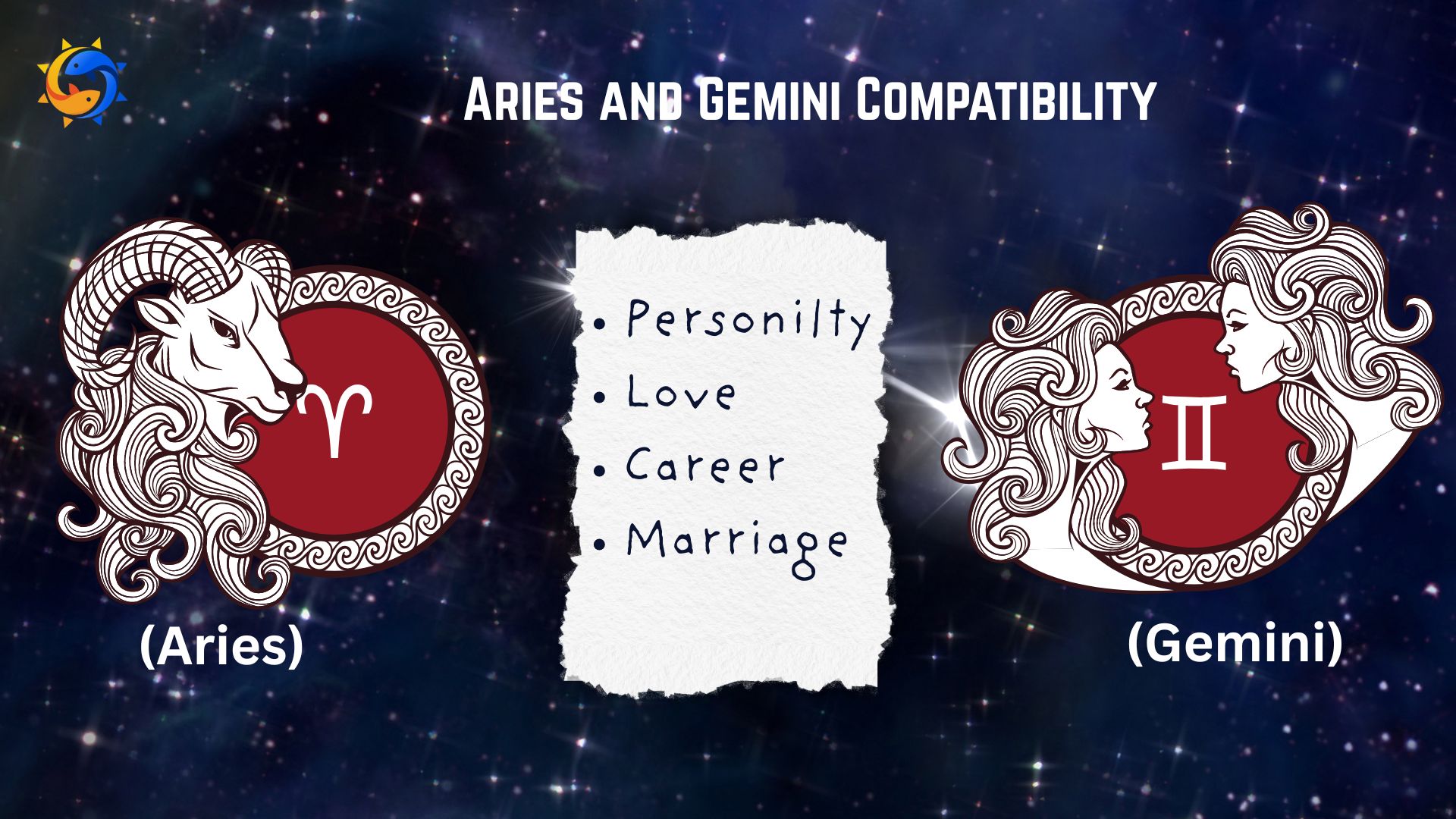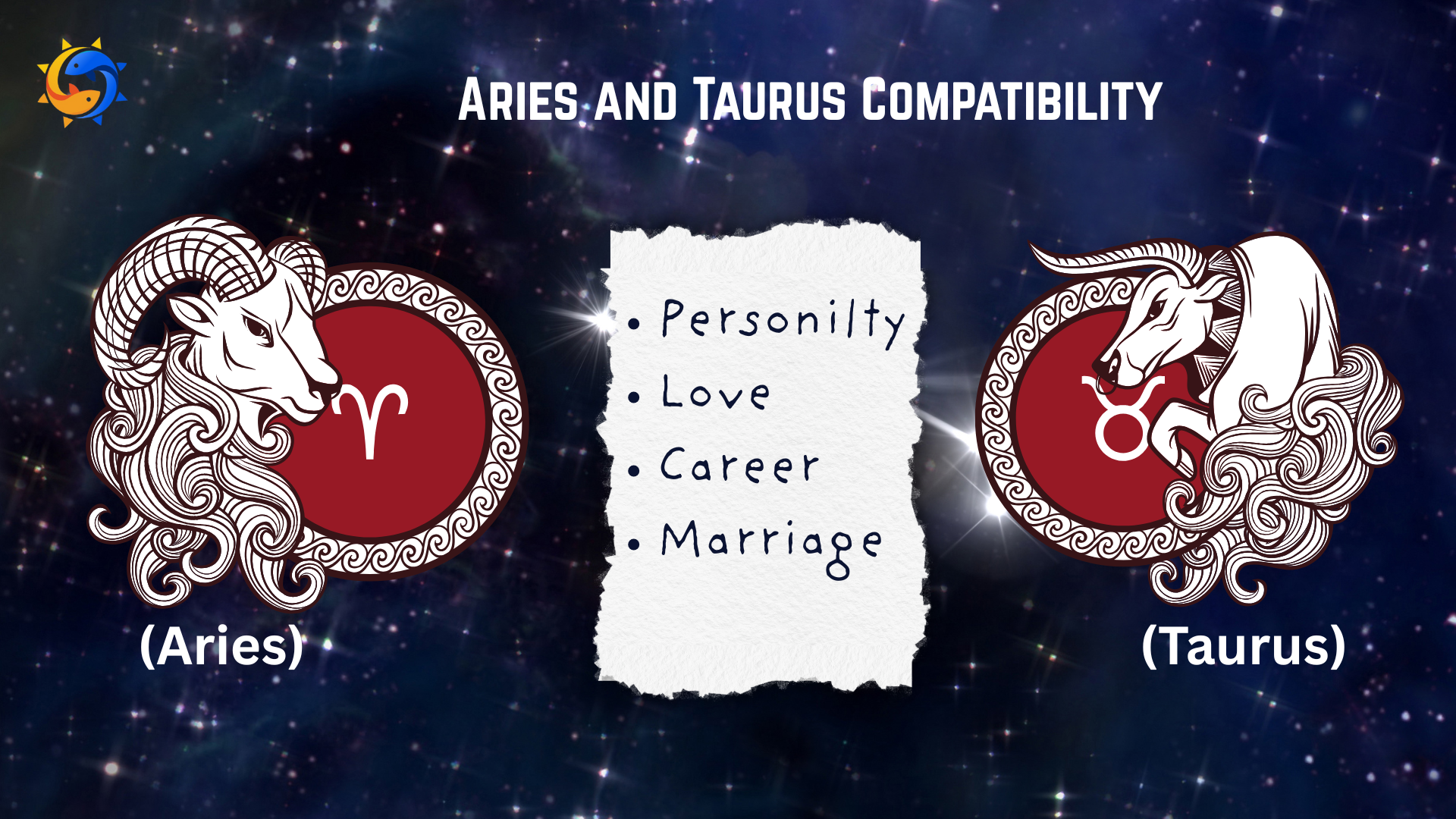In Hinduism, Dashavatar means the "Ten Avatars" of Lord Vishnu, the protector and preserver of the universe. Whenever the world faces imbalance, evil rises, or righteousness (Dharma) declines, Vishnu takes a new form (avatar) to restore order and peace.
The concept of Dashavatar teaches us about cosmic cycles, evolution, justice, and divine intervention. These avatars appear in different yugas (time cycles) and serve different purposes – from protecting animals to guiding humanity and destroying evil.
The 10 Avatars of Lord Vishnu
Here are the ten avatars of Vishnu, in the order they are believed to have appeared:
1. Matsya Avatar – The Fish
Yuga: Satya Yuga
Symbolism: Saving life and knowledge from destruction
Story:
When a great flood was about to destroy the world, Vishnu appeared as a giant fish named Matsya to save King Manu. He told Manu to build a boat and carry all living beings, sages, and sacred scriptures. Matsya guided the boat through the flood, protecting life and preserving knowledge for the next age.
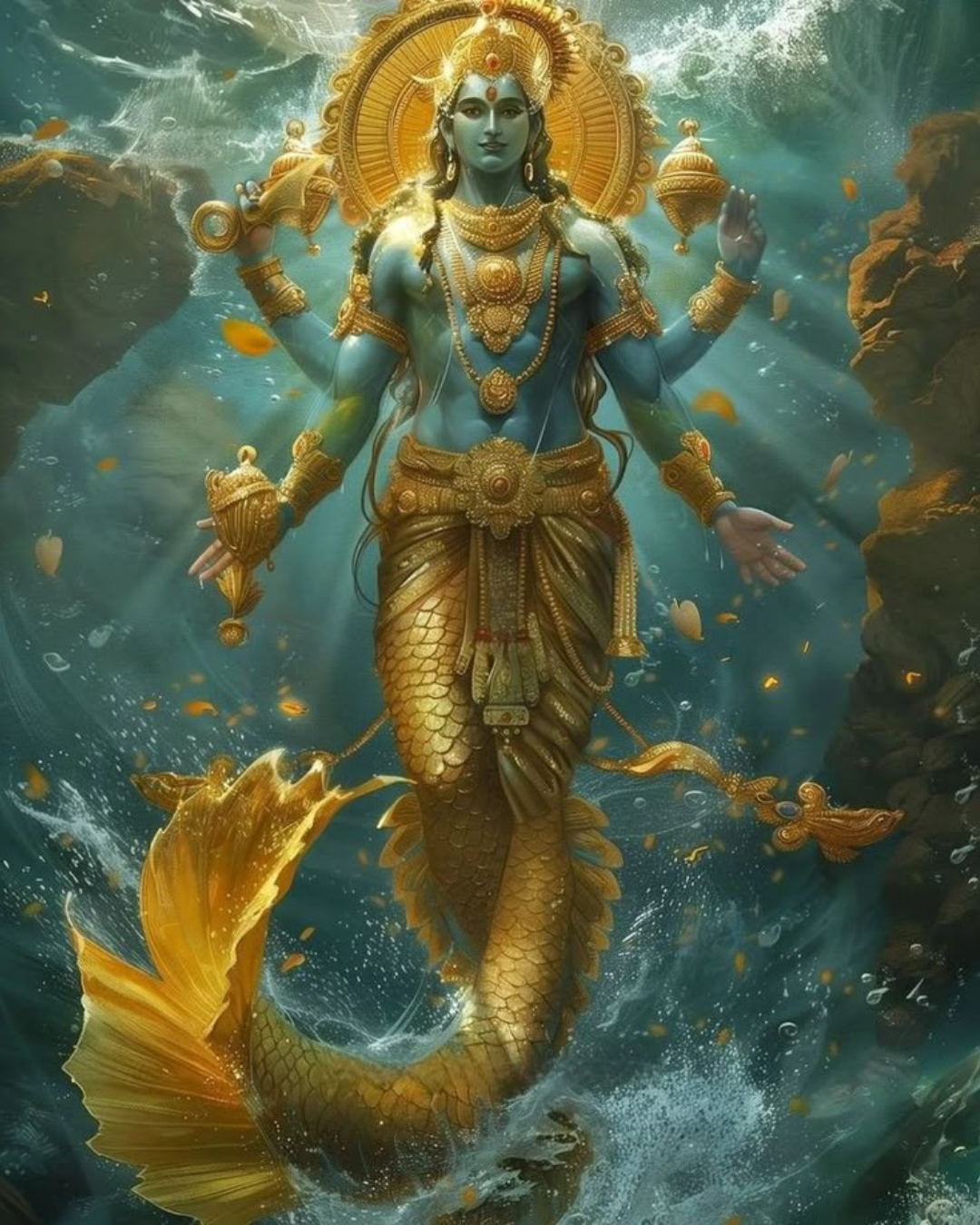
Significance:
Matsya represents the beginning of life and the importance of saving wisdom and values even in crisis.
2. Kurma Avatar – The Tortoise
Yuga: Satya Yuga
Symbolism: Stability and support in chaos
Story:
During the churning of the cosmic ocean (Samudra Manthan) by gods (Devas) and demons (Asuras), Vishnu took the form of a tortoise (Kurma) and supported Mount Mandara on his back, which was used as the churning rod. Without Kurma, the mountain would have sunk.
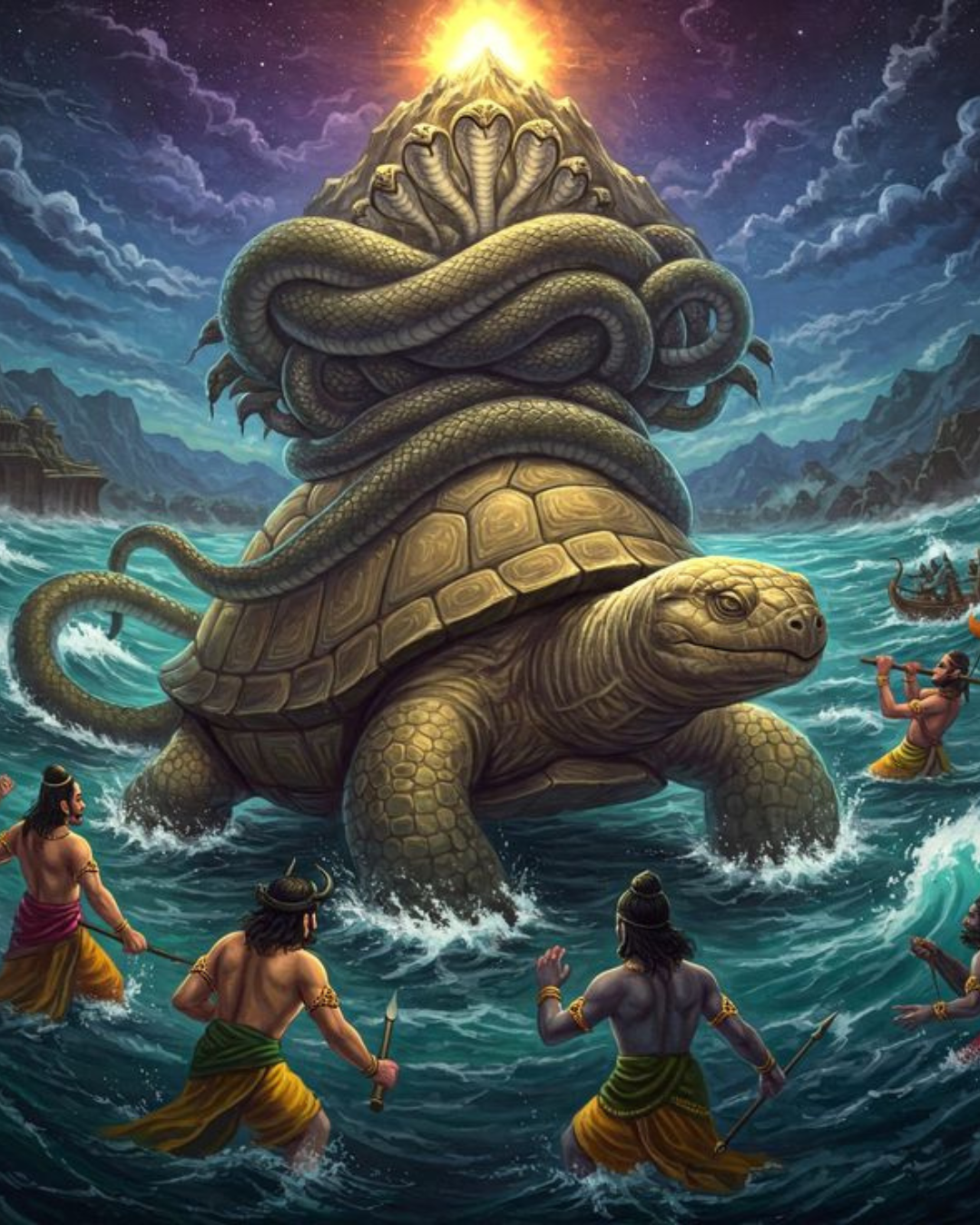
Significance:
Kurma represents the balance between good and evil forces and the importance of support during challenges.
3. Varaha Avatar – The Boar
Yuga: Satya Yuga
Symbolism: Strength and protection of Earth
Story:
A demon named Hiranyaksha dragged Earth to the bottom of the cosmic ocean. Vishnu appeared as a powerful boar (Varaha) and fought the demon. After a fierce battle, Varaha lifted the Earth on his tusks and placed it back in its place.
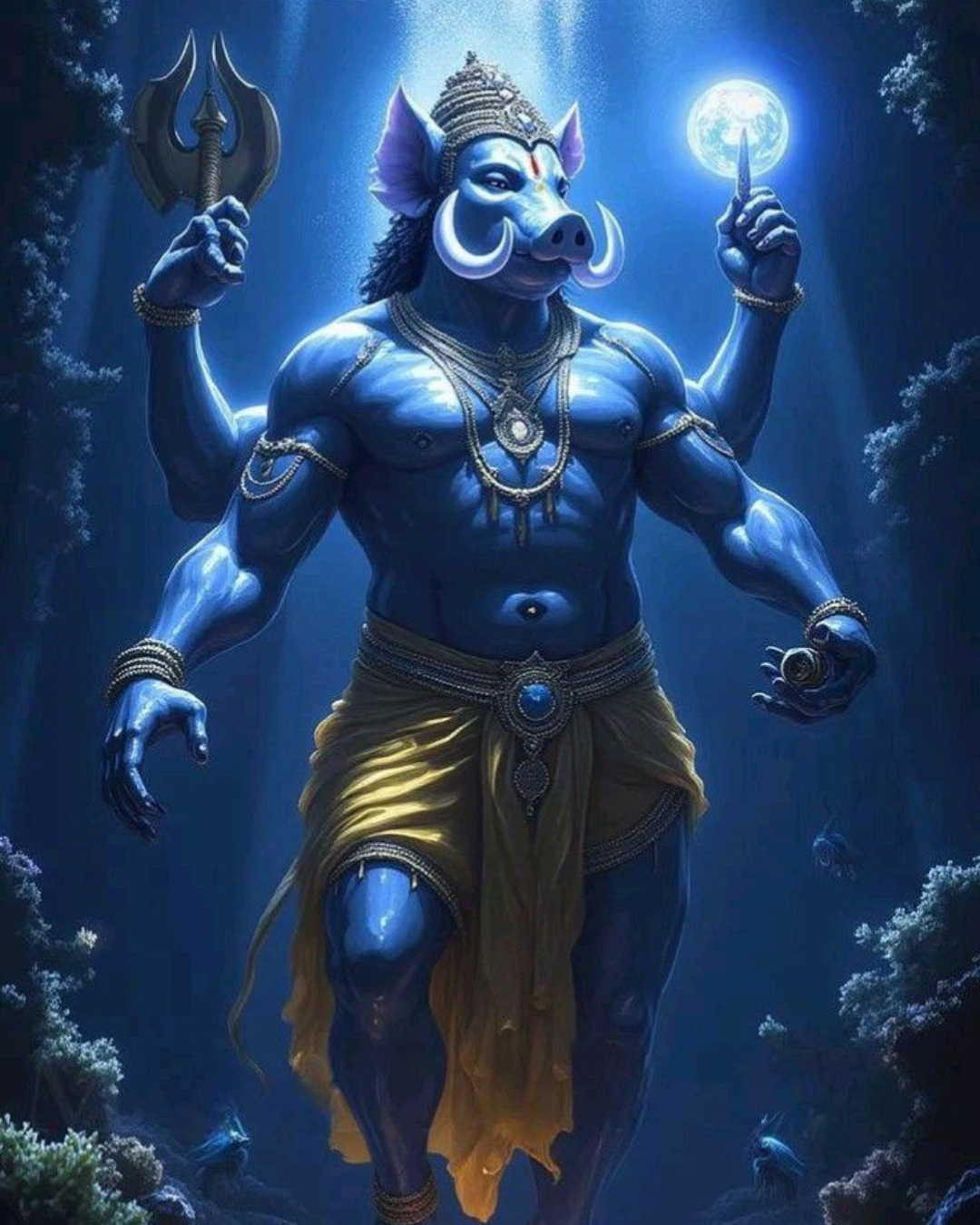
Significance:
Varaha symbolizes the strength to protect the Earth and fight darkness, no matter how deep.
4. Narasimha Avatar – The Man-Lion
Yuga: Satya Yuga
Symbolism: Justice, faith, and protection of devotees
Story:
Demon king Hiranyakashipu received a boon that he could not be killed by man or animal, inside or outside, day or night. He forced everyone to worship him. His own son Prahlada, a devotee of Vishnu, refused. To protect Prahlada, Vishnu appeared as Narasimha – half-man, half-lion – and killed Hiranyakashipu at dusk, on the threshold, with his claws.
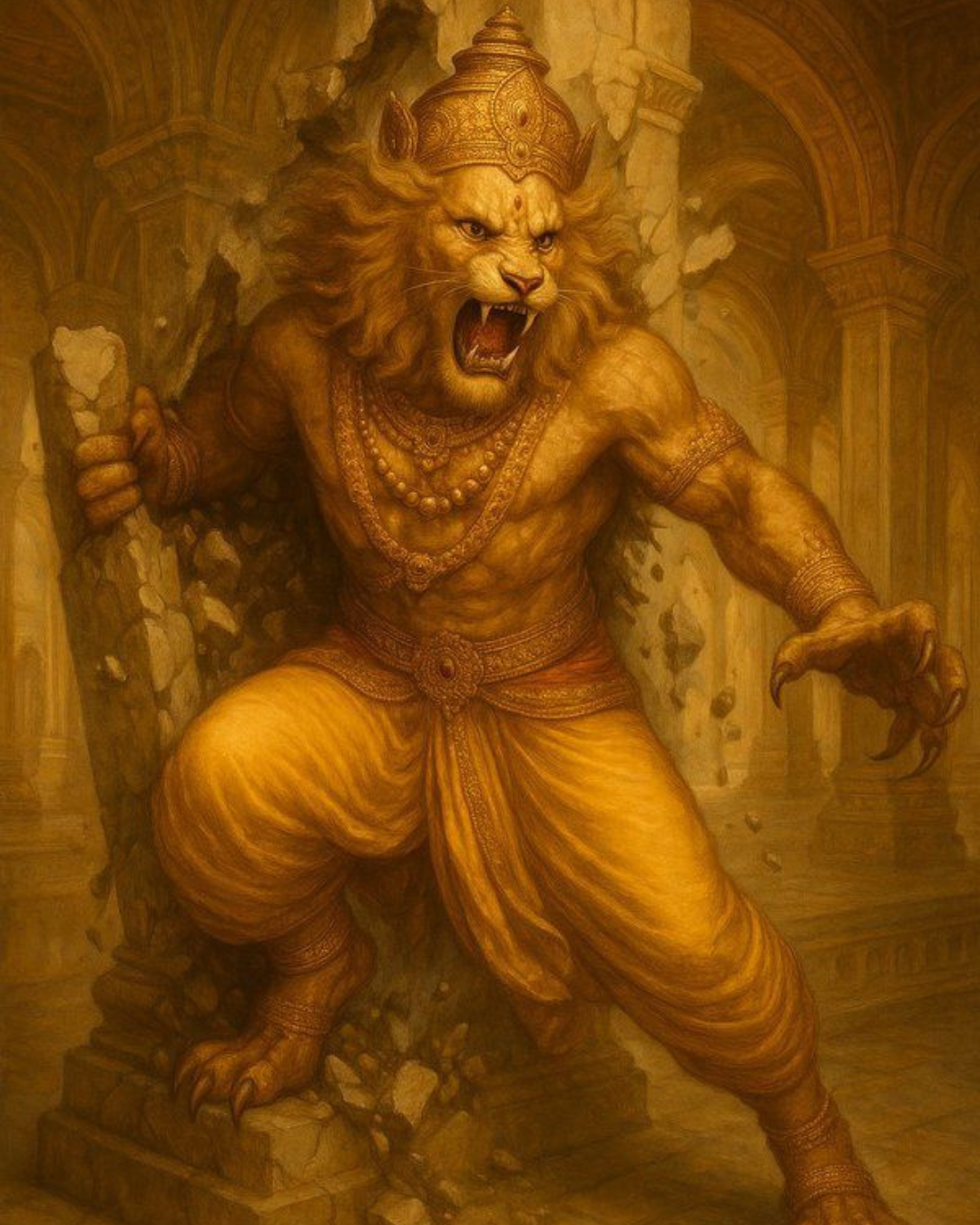
Significance:
Narasimha represents divine protection, and how truth and devotion are always victorious.
5. Vamana Avatar – The Dwarf Brahmin
Yuga: Treta Yuga
Symbolism: Humility, wisdom, and the power of small actions
Story:
King Bali, a noble demon, ruled all three worlds. To humble him, Vishnu appeared as a small Brahmin boy named Vamana. He asked for three steps of land. When granted, Vamana grew into a giant. With two steps, he covered heaven and earth, and for the third step, Bali offered his head.
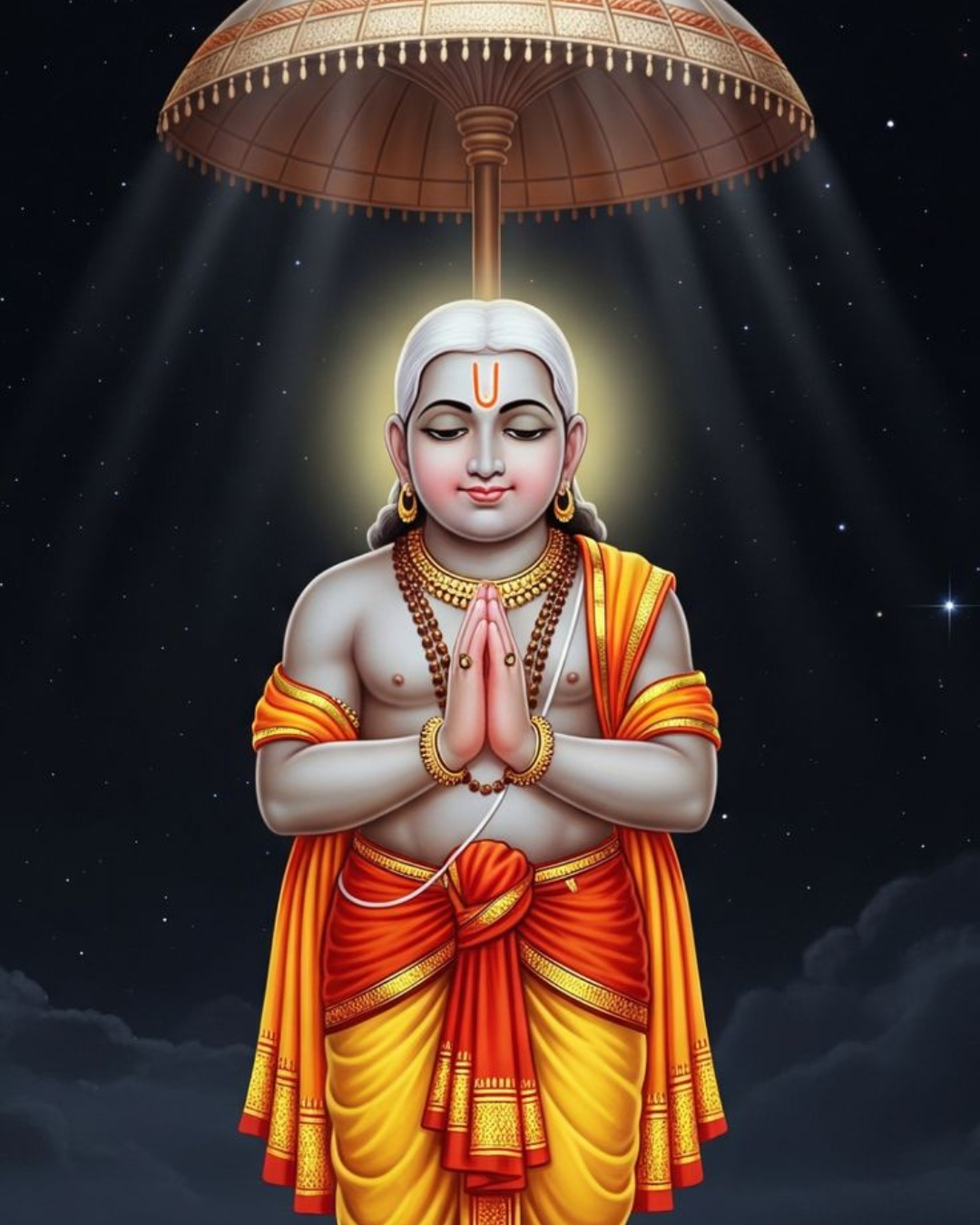
Significance:
Vamana teaches us that even a small person, with the right intent, can make a big impact.
6. Parashurama Avatar – The Warrior with an Axe
Yuga: Treta Yuga
Symbolism: Justice and removal of arrogance
Story:
When the warrior class (Kshatriyas) became arrogant and started misusing their power, Vishnu incarnated as Parashurama, a Brahmin warrior with an axe. He punished the corrupt and restored balance by eliminating the evil kings.
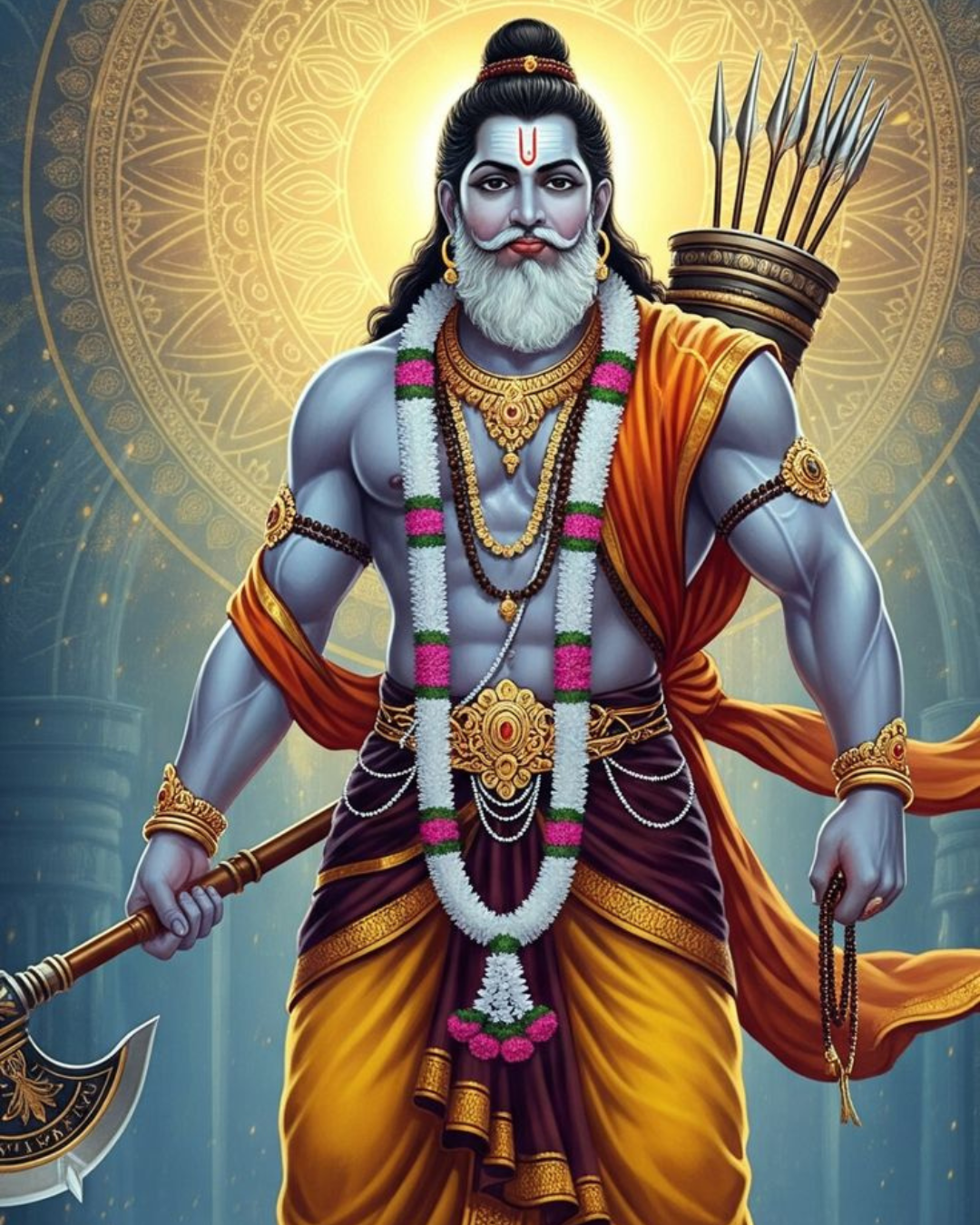
Significance:
Parashurama symbolizes the fight against injustice and the need for discipline and dharma.
7. Rama Avatar – The Prince of Ayodhya
Yuga: Treta Yuga
Symbolism: Ideal man, truth, and dharma
Story:
Lord Rama, the prince of Ayodhya, is the hero of the epic Ramayana. He is known for his righteousness, loyalty, and dedication to duty. He fought and defeated the demon king Ravana, who had abducted his wife Sita. Rama’s life teaches the values of sacrifice, courage, and responsibility.
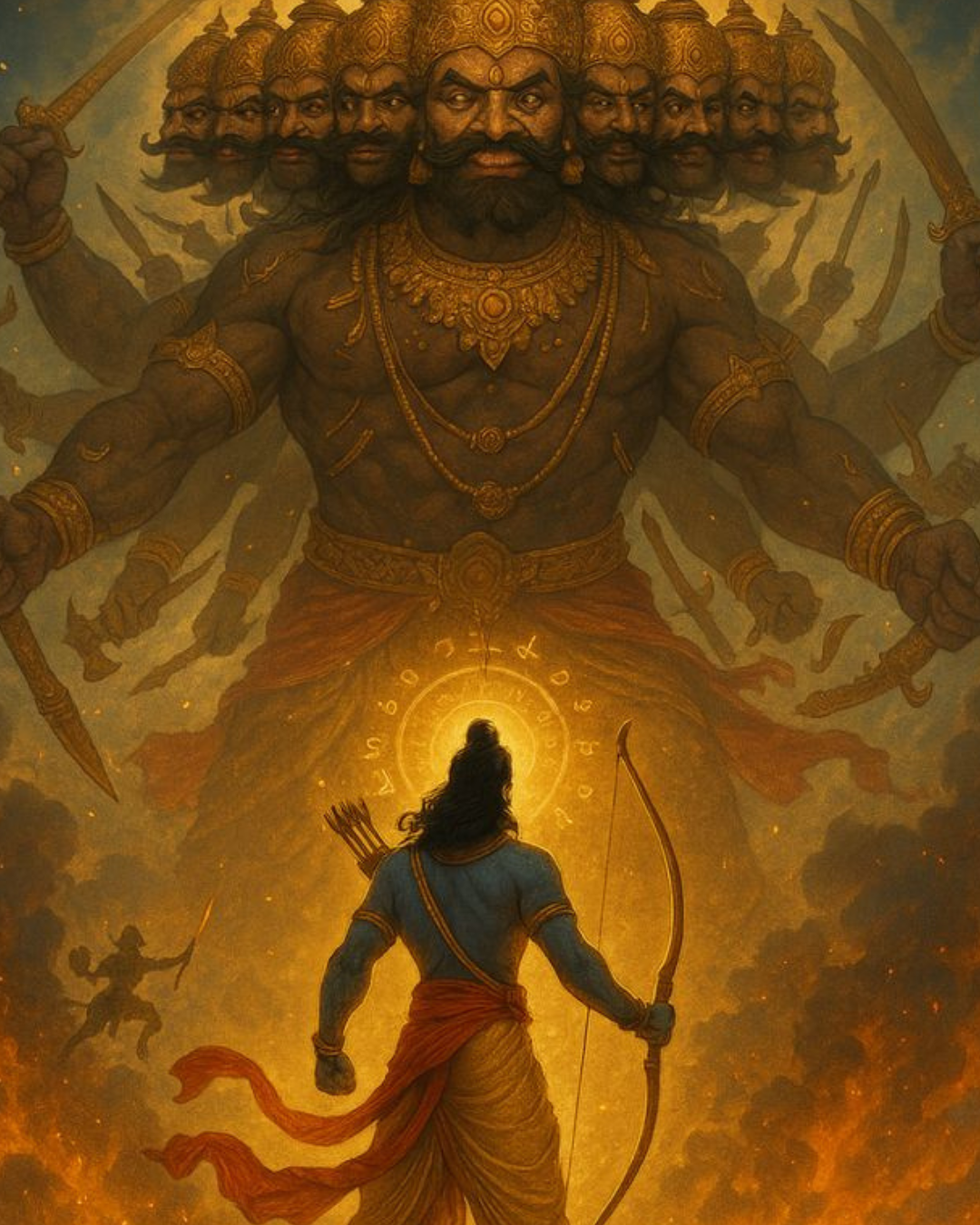
Significance:
Rama is the perfect example of how to live a life based on ethics, love, and devotion.
8. Krishna Avatar – The Divine Strategist
Yuga: Dwapara Yuga
Symbolism: Love, wisdom, and divine leadership
Story:
Krishna is one of the most loved avatars, known for his childhood miracles, wisdom in the Bhagavad Gita, and his role in the Mahabharata war. He guided Arjuna on the battlefield, teaching him the importance of karma (duty) and devotion.
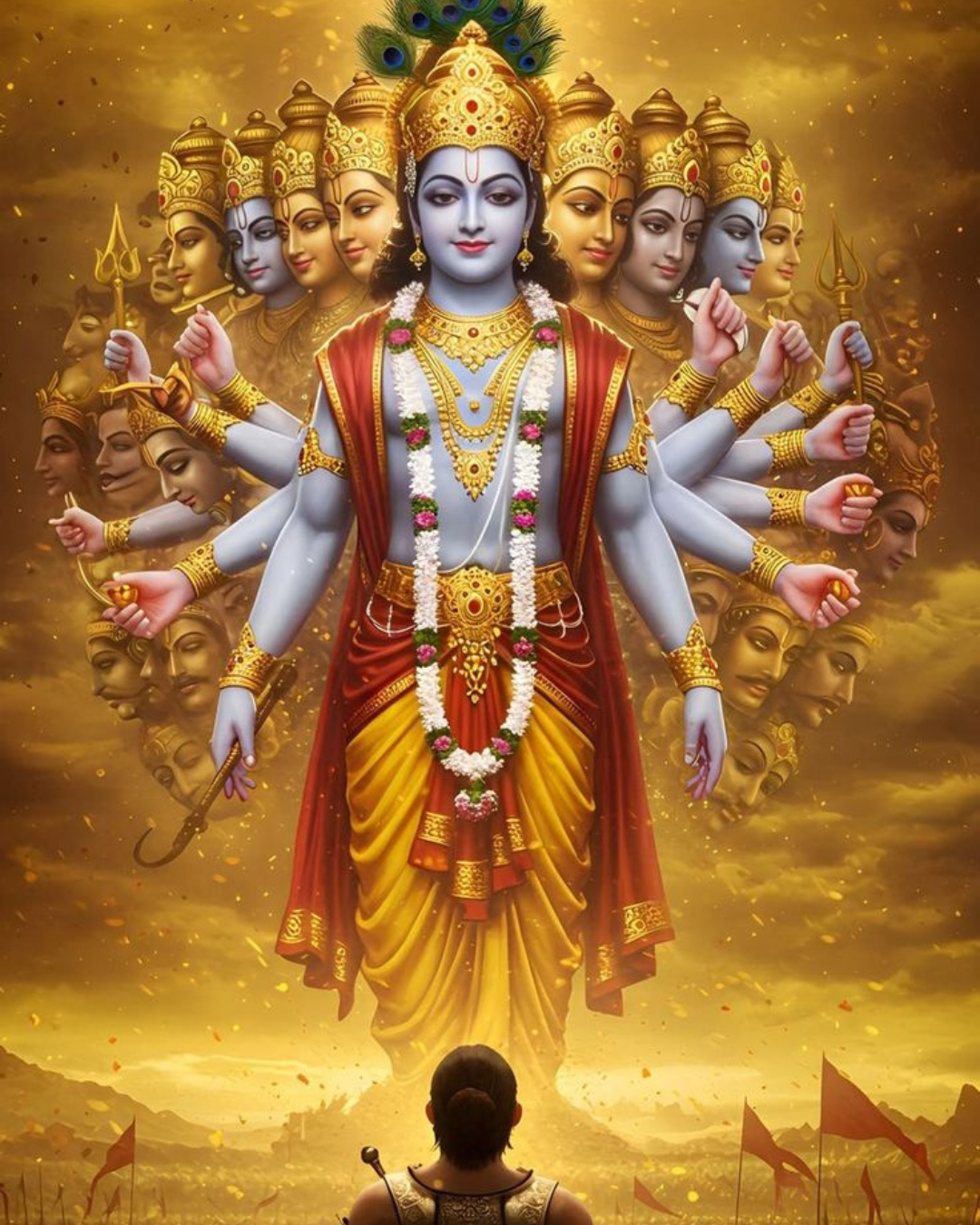
Significance:
Krishna represents the balance between joy and duty, and shows how to live a life of action, love, and surrender.
9. Buddha Avatar – The Enlightened One
Yuga: Kali Yuga
Symbolism: Peace, compassion, and non-violence
Story:
Many Hindus believe that Gautama Buddha, the founder of Buddhism, is the ninth avatar of Vishnu. He was born a prince but left his palace to seek truth. After years of meditation, he attained enlightenment and taught compassion, mindfulness, and the path to liberation.
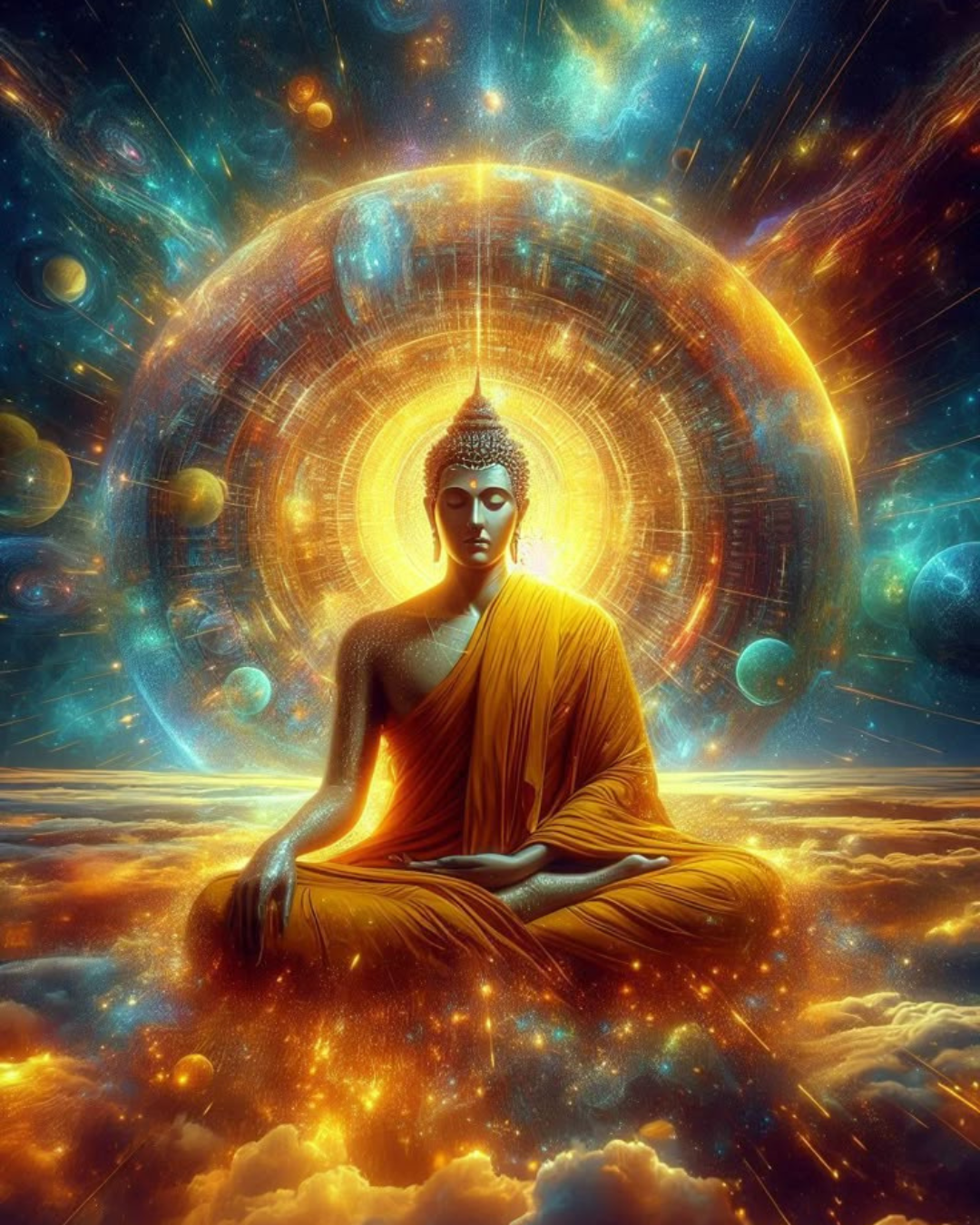
Significance:
Buddha reminds us to seek truth within, live with compassion, and avoid harm to others.
10. Kalki Avatar – The Future Warrior
Yuga: End of Kali Yuga (Yet to come)
Symbolism: Destruction of evil and rebirth of righteousness
Story:
Kalki is the final avatar, yet to appear at the end of this current age (Kali Yuga), when evil will be at its peak. He will ride a white horse, carry a sword, and destroy darkness, preparing the world for a new cycle of truth (Satya Yuga).
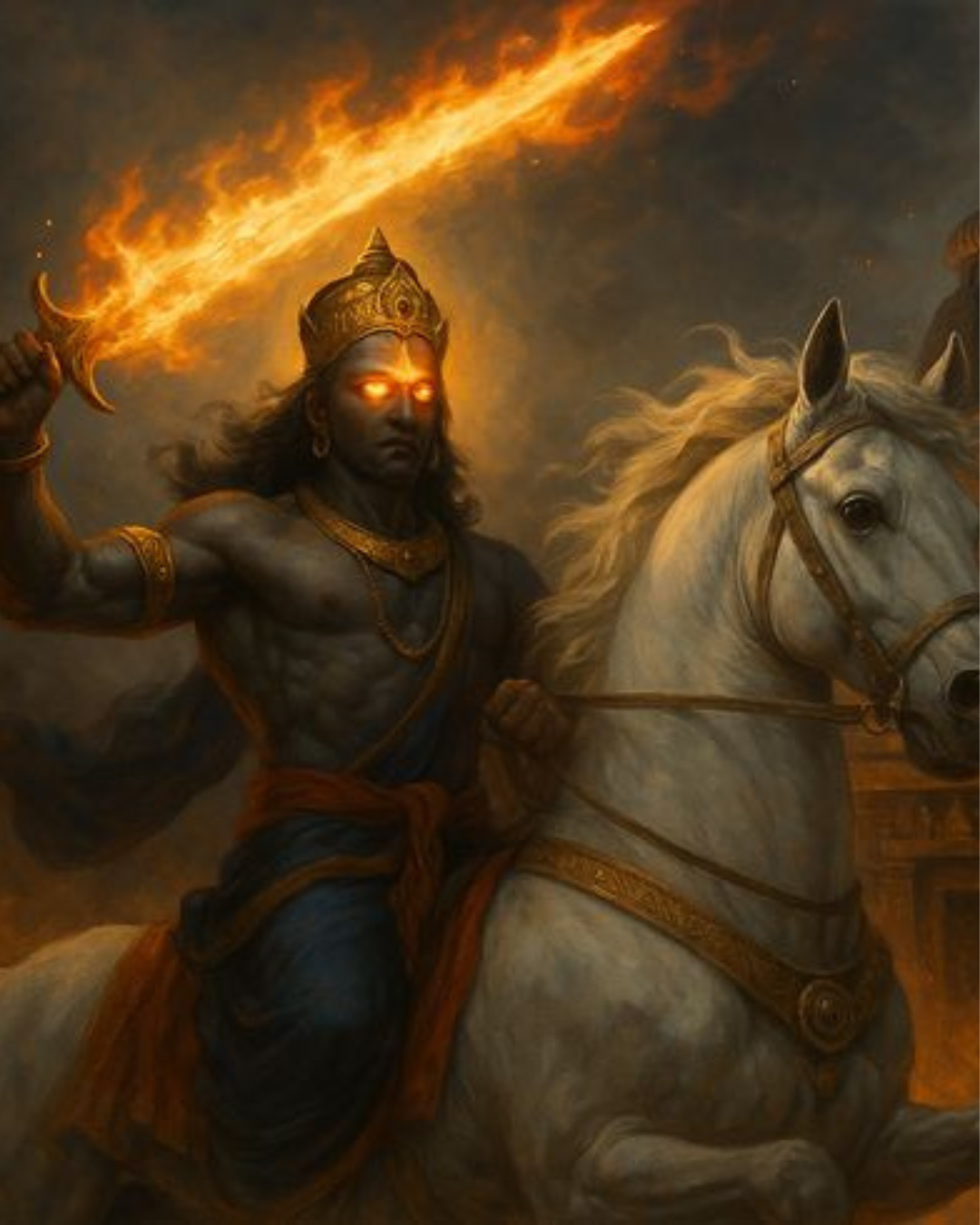
Significance:
Kalki symbolizes hope, the end of suffering, and the promise of a better world to come.
Dashavatar and Evolution Theory
Many scholars have noticed that Dashavatar also mirrors the evolution of life on Earth:
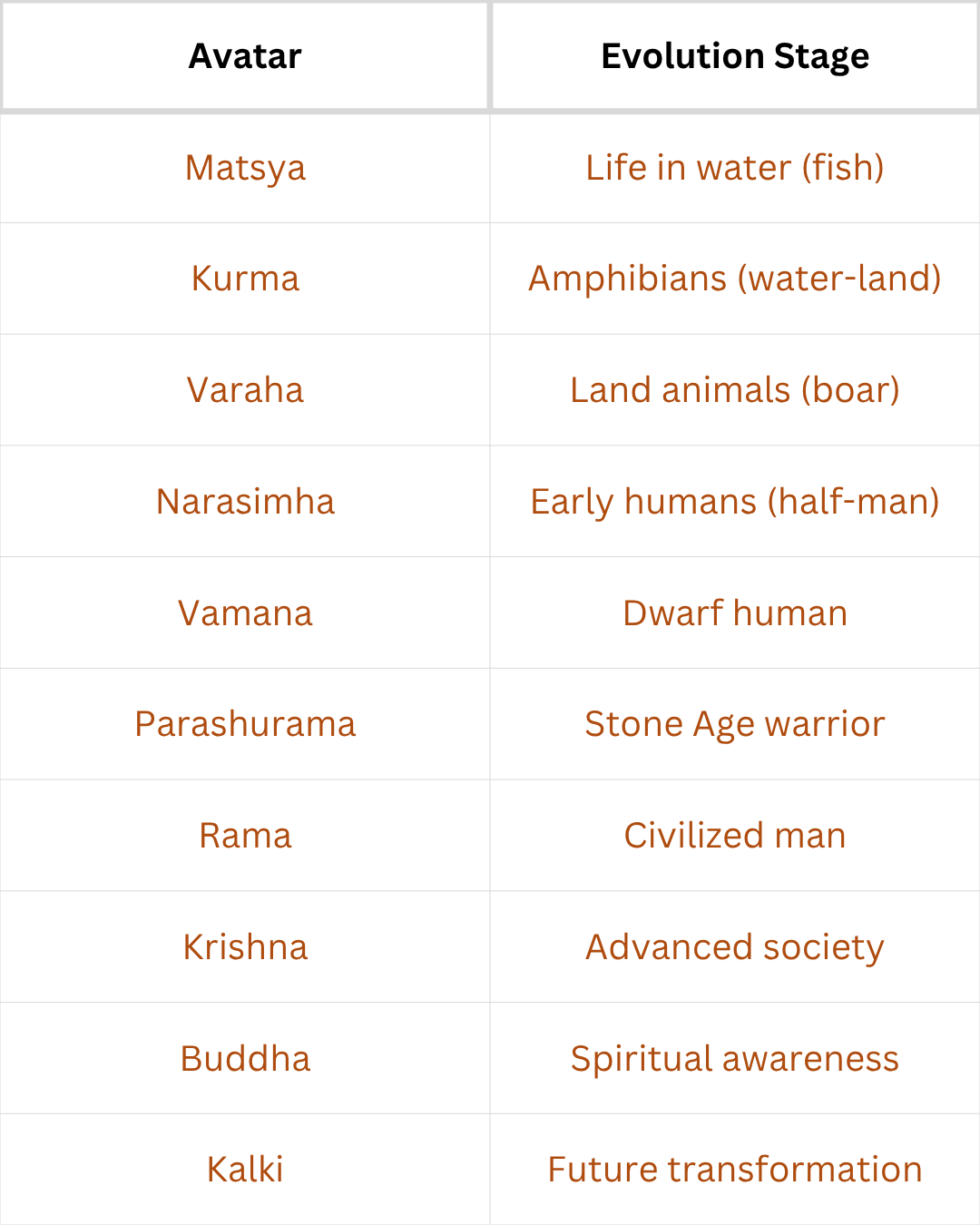
This shows how Indian philosophy blends science and spirituality in a symbolic manner.
Importance of Dashavatar in Modern Life
Moral Lessons: Each avatar teaches a life lesson – like humility, patience, courage, or the value of truth.
Spiritual Growth: Following the teachings of these avatars helps one grow spiritually.
Cultural Influence: Festivals like Ram Navami, Krishna Janmashtami, and Parashuram Jayanti celebrate these divine forms.
Universal Message: Dashavatar is not just about religion – it’s about the journey of the soul, evolution of humanity, and the timeless battle between good and evil.
Conclusion: Dashavatar – Timeless Teachings for Today
Dashavatar is more than a list of gods. It is a divine story of how the universe stays balanced and how dharma always finds a way to return. Each avatar of Vishnu plays a role in teaching humanity how to live a righteous life, face challenges, and stay connected to the divine.
Whether you believe in them spiritually or see them as symbolic stories, Dashavatar offers deep wisdom and inspiration to all generations.
Confused about your life path or seeking spiritual guidance?
Talk to an astrologer now on AstroSagga and discover what the divine has planned for you.


